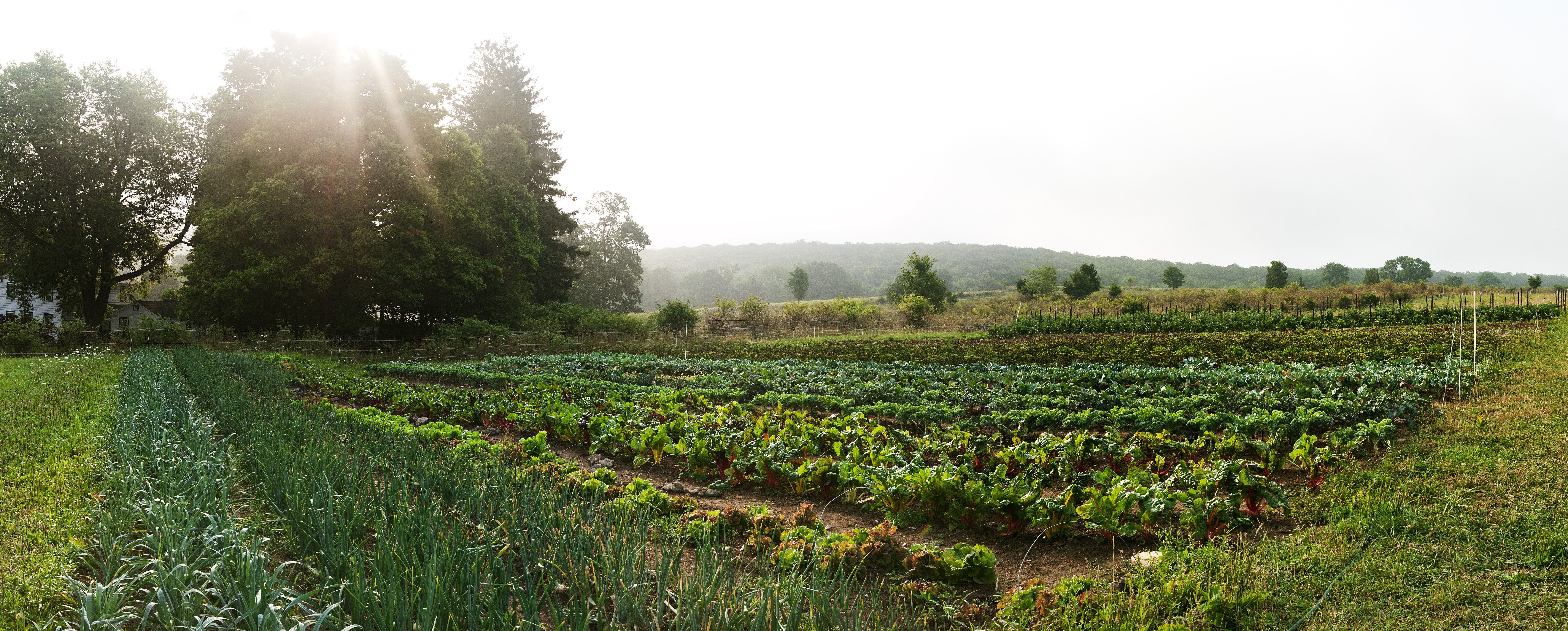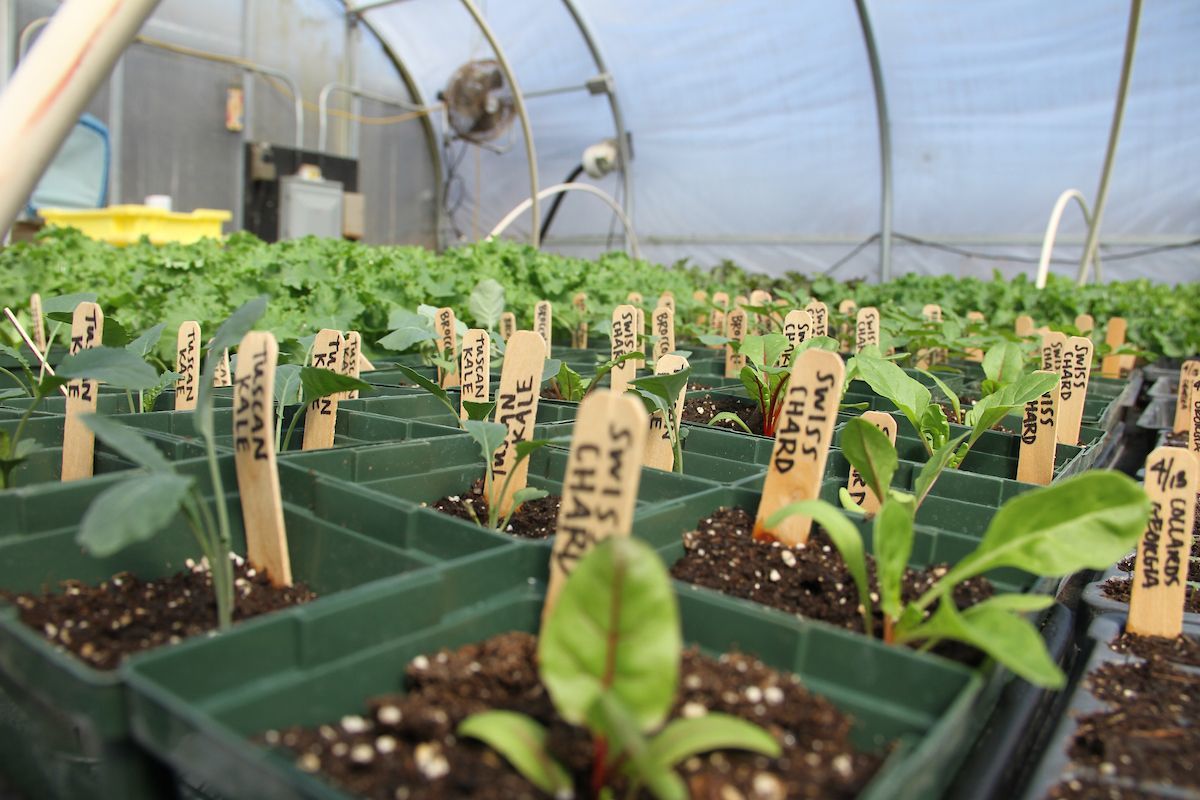
There are so many reasons why soil carbon matters, and mitigating climate change is only one piece of that. Soil organic carbon (SOC) delivers nutrients to plants, including our food crops, and also sustains the microorganisms that cycle those nutrients in the soil. You can think of SOC as the glue that keeps soil particles together. Agricultural practices that sequester carbon in the soil have the potential to sequester as much as 8 Gt of carbon per year in agricultural lands, enough to offset as much as 80% of fossil fuel emissions each year.
Measuring soil carbon is challenging; the most accurate current methods are expensive and time-consuming. This makes it difficult for farmers to measure soil carbon at any kind of scale. Farmers who seek to quantify their soil carbon and track the changes that result from changes in management practices need a way to measure carbon with frequency and over a large area. OurSci, an open-source technology company, decided to develop open software and hardware that anyone can use, anywhere.
Of the existing tools on the market, none were specialized or specific enough for OurSci’s needs. OurSci works with four partner organizations: Global Urban Forest, The Bionutrient Food Association, Yale University, and Michigan State University. These four partners have specific needs, and OurSci wanted to design a tool that would meet these particular needs, including metering chlorophyll, measuring nutrient-density of food (whether it be on a farm or in a store), measuring soil carbon in the field, and measuring total cannabinoids and THC levels in cannabis. Therefore, they need an affordable device, can be used by non-scientists and in non-lab conditions and can measure substances that vary from drops of liquid to soil aggregates to 2D objects such as leaves and 3D objects such as apples.
The tool that OurSci has developed is a reflectometer, also known as a spectrometer. Spectroscopy is the same method that scientists use to understand the composition of stars in space that we cannot physically travel to and retrieve a physical sample. Dan Kittridge of the Bionutrient Food Association uses the analogy of Alpha Centauri, a star that is four lightyears away from Earth. Humans have never sent any probes or any other equipment that far away, nevertheless scientists are confident about the composition of the star and the precise levels and ratios of those elements. Scientists figured that out by reading the light that comes off of the star, and correlating that with what we know about the light that comes off of those specific elements. Every element in chemistry makes a certain kind of light that can be measured using spectroscopic reflectometry.
For measuring soil carbon, the reflectometer that OurSci developed measures the reflectance of soil in both the infrared and visible spectra. Soil with higher carbon content has a different spectral composition than less carbon-rich soil. The reflectometer connects via Bluetooth to an Android device that also records the GPS location of the sample. The data are sent to a cloud server, while a subset of samples is also sent to a lab for the traditional analysis. The spectral data and the lab data are sent to the Quick Carbon project at the Yale School of Environmental Science and Forestry, where they are building machine-learning models that correlate the soil carbon content measured in the labs with the reflectometer output.
Glynwood just received a reflectometer to measure the specific light that comes off of our soil and can now join this open-source data project. We will simultaneously be adding to the collection of data that Quick Carbon is using to develop their machine-learning models as we measure the level of carbon in the soils here on Glynwood’s campus, and even one day on the fields of our Incubator Business Program participants or other farm partners.

